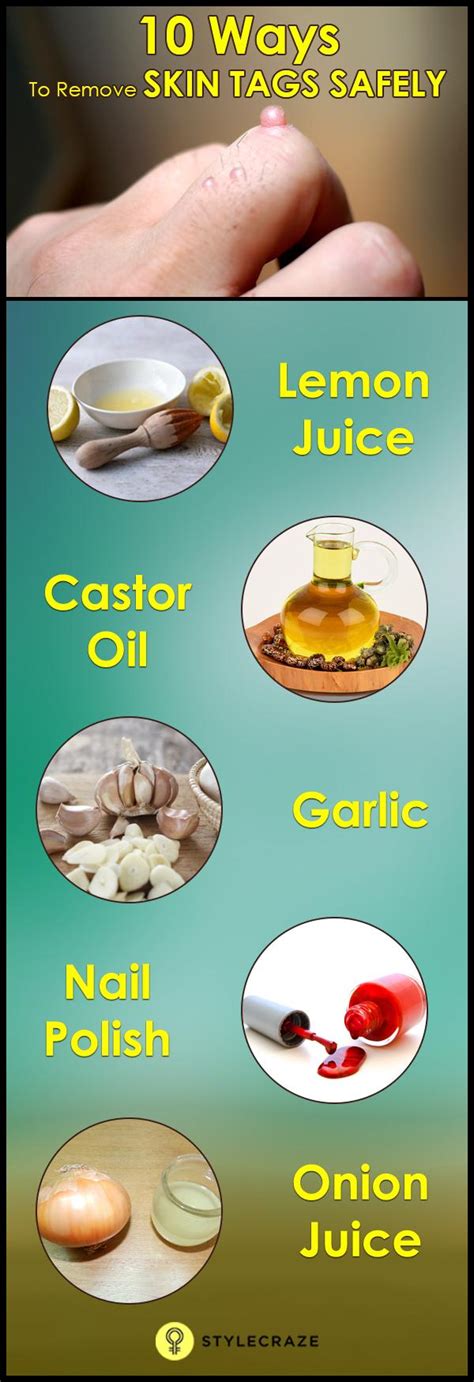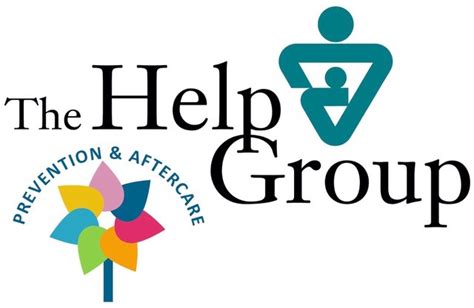Intro
Learn 5 effective ways to remove skin tags safely, including natural remedies, home treatments, and professional removal methods, to achieve smooth skin and prevent regrowth, using proven techniques and expert advice.
Skin tags are small, benign growths that can appear on various parts of the body, often causing discomfort and affecting one's self-esteem. Removing skin tags can be done through various methods, and it's essential to understand the different approaches to find the best solution for your specific situation. In this article, we'll delve into the world of skin tag removal, exploring the benefits, risks, and steps involved in each method.
The importance of addressing skin tags lies in their potential to cause irritation, especially when they rub against clothing or jewelry. Moreover, their unsightly appearance can lead to embarrassment and self-consciousness. Fortunately, there are several ways to remove skin tags, ranging from home remedies to professional medical procedures. By understanding the different options available, you can make an informed decision about the best course of action for your skin health.
Removing skin tags can be a relatively simple process, but it's crucial to approach the task with caution and careful consideration. Before attempting to remove a skin tag, it's essential to consult with a healthcare professional to rule out any underlying conditions that may be causing the growth. Additionally, it's vital to follow proper removal techniques to avoid infection, scarring, or further complications. With the right guidance and approach, you can effectively remove skin tags and achieve smoother, healthier-looking skin.
Understanding Skin Tags

Causes and Risk Factors
The exact cause of skin tags is still unknown, but several factors can contribute to their development. These include: * Friction and irritation from clothing or skin rubbing against skin * Obesity and being overweight * Diabetes and insulin resistance * HPV infection * Hormonal changes during pregnancy * Genetics and family historyHome Remedies for Skin Tag Removal

Effectiveness and Safety
While home remedies can be effective in removing skin tags, it's essential to exercise caution and follow proper removal techniques to avoid infection or scarring. Some home remedies may not be suitable for everyone, especially those with sensitive skin or allergies. It's crucial to consult with a healthcare professional before attempting to remove a skin tag, especially if you're unsure about the diagnosis or have a large or painful skin tag.Medical Procedures for Skin Tag Removal

Benefits and Risks
Medical procedures for skin tag removal offer several benefits, including: * Quick and effective removal * Minimal scarring * Reduced risk of infection However, there are also some risks to consider, including: * Pain or discomfort during the procedure * Bleeding or bruising * Infection or scarring * Recurrence of the skin tagPrevention and Aftercare

Tips for Smooth and Healthy Skin
In addition to removing skin tags, there are several tips for achieving smooth and healthy skin, including: * Exfoliating regularly * Moisturizing daily * Protecting the skin from the sun * Eating a balanced diet rich in fruits, vegetables, and whole grains * Staying hydrated by drinking plenty of waterConclusion and Next Steps

We invite you to share your thoughts and experiences with skin tag removal in the comments below. Have you tried any of the methods mentioned in this article? What were your results? Your feedback and insights can help others make informed decisions about their skin health.
What are the most common areas where skin tags appear?
+Skin tags typically appear on the neck, armpits, groin, and eyelids.
Can I remove a skin tag myself at home?
+While it's possible to remove a skin tag at home, it's recommended to consult with a healthcare professional to ensure proper removal and minimize the risk of infection or scarring.
Are skin tags a sign of an underlying medical condition?
+Skin tags are usually harmless, but they can be a sign of an underlying medical condition, such as diabetes or HPV. It's essential to consult with a healthcare professional to rule out any underlying conditions.
